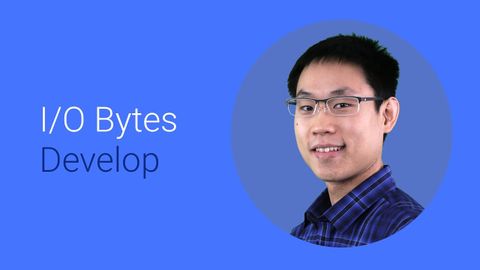
Subtitles & vocabulary
Open Source Data Analytics: Part of your Standard-Issue Cloud Toolkit
00
Chris Lyu posted on 2015/12/14Save
Video vocabulary
expect
US /ɪkˈspɛkt/
・
UK /ɪk'spekt/
- Verb (Transitive/Intransitive)
- To believe something is probably going to happen
- To anticipate or believe that something will happen or someone will arrive.
A1TOEIC
More spark
US /spɑrk/
・
UK /spɑ:k/
- Countable Noun
- Small piece of burning material produced by fire
- Tiny, brief bit of light caused by electric energy
- Intransitive Verb
- To make tiny, brief bits of light
B1
More platform
US /ˈplætˌfɔrm/
・
UK /'plætfɔ:m/
- Noun (Countable/Uncountable)
- Flat, raised structure that people stand on
- Area from which you board a train at a station
B1
More prompt
US /prɑmpt/
・
UK /prɒmpt/
- Noun
- Message on a computer requiring attention
- Encouragement to ask someone else to talk
- Transitive Verb
- To display a message to requires a user to act
- To say something to encourage someone else to talk
B1
More Use Energy
Unlock All Vocabulary
Unlock pronunciation, explanations, and filters
